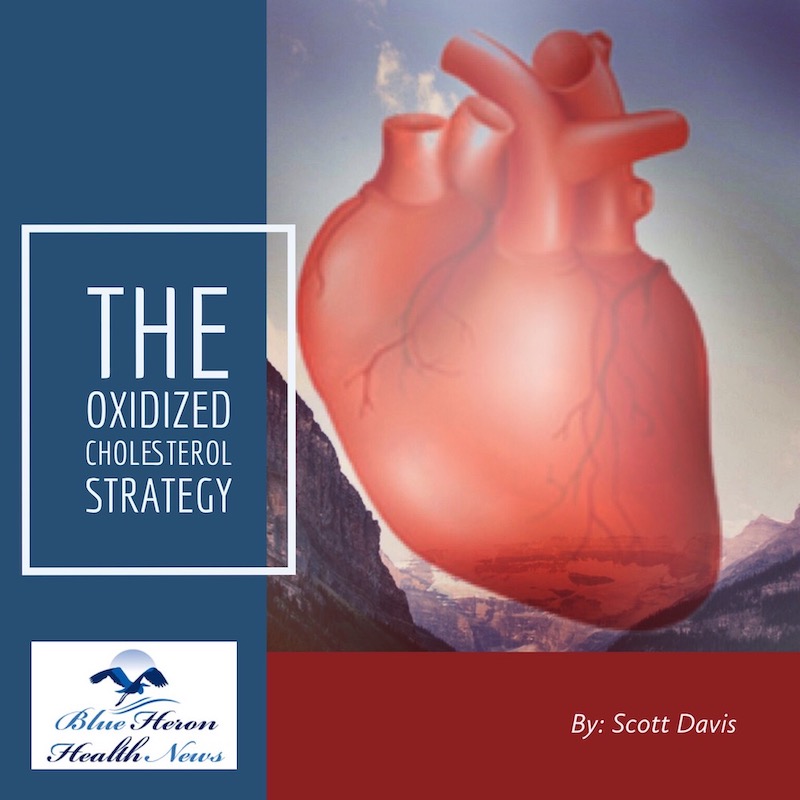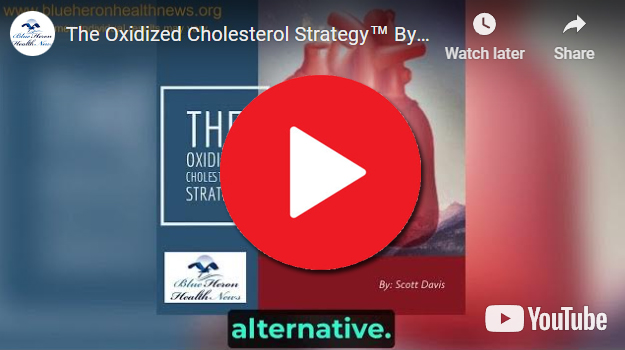
The Oxidized Cholesterol Strategy™ By Scott Davis The Oxidized Cholesterol Strategy is a well-researched program that reveals little known secret on how to tackle cholesterol plaque. This program will tell you step by step instructions on what you need to completely clean plaque buildup in your arteries so as to drop your cholesterol to healthy level.
What is the impact of oxidized cholesterol on HDL function?
Oxidized cholesterol, particularly oxidized low-density lipoprotein (OxLDL), has a significant negative impact on high-density lipoprotein (HDL) function. HDL, often referred to as “good cholesterol,” plays a crucial role in cardiovascular health by promoting reverse cholesterol transport, protecting against inflammation, and exerting antioxidant effects. When LDL cholesterol becomes oxidized, it can impair the protective functions of HDL in several ways:
1. Impairment of Reverse Cholesterol Transport
Reduced Cholesterol Efflux
- Disruption of ABCA1 and ABCG1: OxLDL can impair the function of ATP-binding cassette transporters ABCA1 and ABCG1, which are essential for cholesterol efflux from macrophages to HDL. This reduces the ability of HDL to accept cholesterol from peripheral tissues, hampering reverse cholesterol transport.
- Impaired LCAT Activity: Lecithin-cholesterol acyltransferase (LCAT) is an enzyme that esterifies free cholesterol in HDL, a crucial step in reverse cholesterol transport. OxLDL can inhibit LCAT activity, reducing the maturation of HDL particles and their capacity to carry cholesterol.
2. Promotion of Inflammation
Inflammatory Cytokine Production
- Pro-Inflammatory Mediators: OxLDL stimulates the production of pro-inflammatory cytokines (e.g., TNF-α, IL-1β, IL-6) from macrophages and other immune cells. These cytokines can alter the composition and function of HDL, turning it into a pro-inflammatory particle rather than an anti-inflammatory one.
- Acute Phase Proteins: Inflammation induced by OxLDL can lead to the enrichment of HDL with acute phase proteins such as serum amyloid A (SAA) and fibrinogen. These proteins impair HDL’s anti-inflammatory and cholesterol efflux functions.
3. Oxidative Modification of HDL
Formation of Oxidized HDL (OxHDL)
- Direct Oxidation: OxLDL and the oxidative environment it creates can directly oxidize HDL particles. OxHDL is less effective in its protective roles and may even contribute to atherogenesis.
- Loss of Antioxidant Enzymes: HDL is enriched with antioxidant enzymes like paraoxonase-1 (PON1), which protect LDL from oxidation. OxLDL-induced oxidative stress can reduce PON1 activity and other antioxidant defenses in HDL, diminishing its protective effects.
4. Alteration of HDL Structure and Composition
Dysfunctional HDL Particles
- Protein Glycation and Oxidation: OxLDL-induced oxidative stress can cause glycation and oxidation of apolipoproteins in HDL, particularly apolipoprotein A-I (ApoA-I). Modified ApoA-I has reduced ability to promote cholesterol efflux and may be less effective in activating LCAT.
- Lipid Peroxidation: Oxidative stress can lead to the peroxidation of lipids within HDL, altering its structure and impairing its function.
5. Reduction of HDL’s Anti-Atherogenic Properties
Decreased Anti-Inflammatory Effects
- Inflammation Amplification: Dysfunctional HDL loses its anti-inflammatory properties and can no longer counteract the pro-inflammatory effects of OxLDL, contributing to a chronic inflammatory state that promotes atherosclerosis.
Impaired Endothelial Protection
- Endothelial Dysfunction: HDL normally promotes endothelial health by stimulating nitric oxide (NO) production and exerting anti-apoptotic effects. OxHDL is less effective in these roles, leading to endothelial dysfunction and increased atherosclerotic risk.
6. Increased Risk of Atherosclerosis
Accelerated Plaque Formation
- Foam Cell Formation: Reduced cholesterol efflux due to dysfunctional HDL leads to the accumulation of cholesterol within macrophages, promoting foam cell formation and the development of atherosclerotic plaques.
- Plaque Instability: The pro-inflammatory environment fostered by OxLDL and dysfunctional HDL contributes to plaque instability, increasing the risk of plaque rupture and thrombotic events.
Conclusion
Oxidized cholesterol, particularly in the form of OxLDL, significantly impairs HDL function through various mechanisms, including reducing cholesterol efflux capacity, promoting inflammation, causing oxidative modification of HDL, altering its structure and composition, and diminishing its anti-atherogenic properties. These detrimental effects contribute to the progression of atherosclerosis and increase the risk of cardiovascular events. Maintaining a healthy lifestyle, including regular exercise, a balanced diet rich in antioxidants, and avoiding smoking, can help protect HDL function and reduce the impact of oxidized cholesterol on cardiovascular health.
The Oxidized Cholesterol Strategy™ By Scott Davis The Oxidized Cholesterol Strategy is a well-researched program that reveals little known secret on how to tackle cholesterol plaque. This program will tell you step by step instructions on what you need to completely clean plaque buildup in your arteries so as to drop your cholesterol to healthy level.
